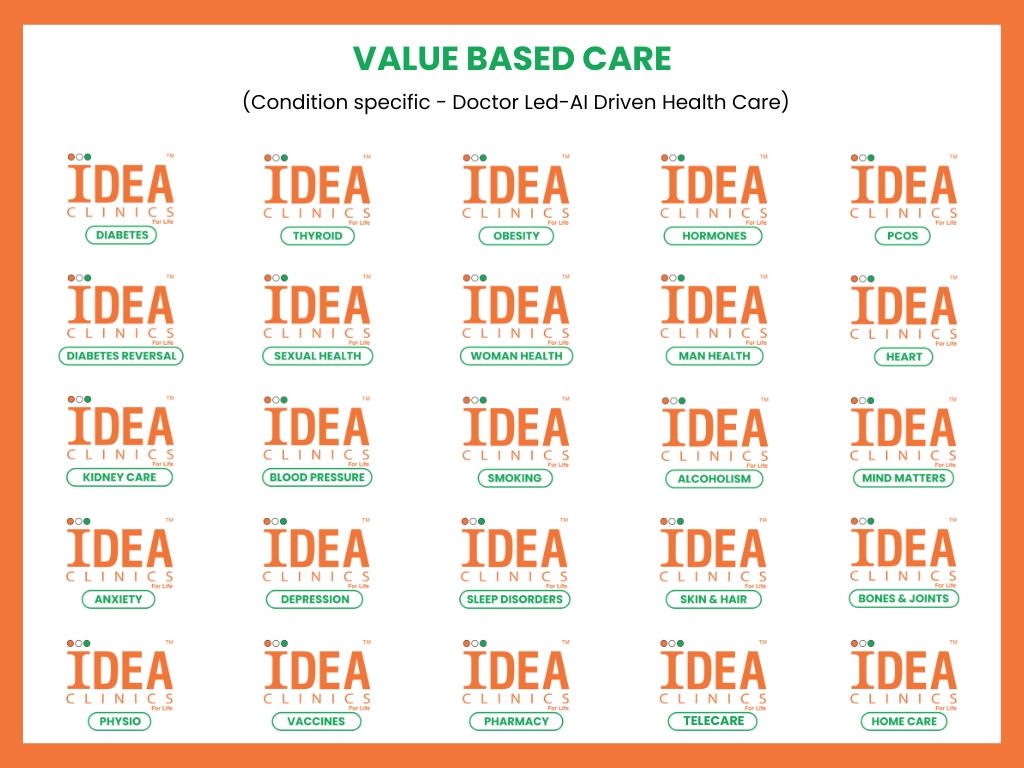It is well known fact that different countries experience healthcare differently. Nonetheless, funding pressures are likely to go up as patients expect more advanced treatments and as technology develops. India’s health sector is uniquely placed with a vast segment of highly skilled specialist doctors, nurses, IT professionals who can provide remote care seamlessly at a fraction of the cost.
The US healthcare system is the most expensive, consuming almost 20% of its GDP. Yet the American system is among the least accessible, efficient and equitable. Preventable and lifestyle conditions such as obesity, hypertension and diabetes are rampant: this indicates poor access to primary care and primary prevention of disease.
The UK healthcare system covers the whole population via the National Health System (NHS), which is 80% publicly financed from taxes, and 20% is paid for by national insurance. Currently, 10% of the population also opts for private health insurance but cover is limited to few elective conditions. The UK spends about 10% of its GDP on healthcare.
India spends less than 4% of its GDP on healthcare, with a quarter being funded by the public sector. Out-of-pocket payments at private hospitals make up 75% of the total expenditure.
There is no perfect healthcare system and hence the scope to explore global healthcare through remote care. Advancements in technologies is disrupting healthcare globally and India is well positioned to grab a significant market in the healthcare industry. India should build capacity with long-term investments in human resources, infrastructure, and in primary care with a Nordic focus on preventive care to improve global population health.
GLOBAL HEALTH CARE SYSTEMS
| Healthcare in the USA | The USA does not have a universal, free healthcare program, in fact, its healthcare is most expensive |
| UK healthcare system | The UK healthcare system covers the whole population via the National Health System (NHS) |
| Healthcare in the European Union | Healthcare systems in Europe include all citizens irrespective of paying capacity. |
| Healthcare systems in Singapore | Singapore spends about 4.5% of its GDP on healthcare, about 40% by the government, with 30% being out-of-pocket expenses. |
| Healthcare systems in China | China spends about 6.6% of its GDP on healthcare, with a third each funded by governments, out-of-pocket, and insurance. |
| Healthcare systems in India | India provides universal free outpatient and inpatient care at government clinics and hospitals and these facilities are used by the poor, all others pay out-of-pocket for private healthcare. The recently launched The PM-JAY program (Ayushman Bharat-Pradhan Mantri Jan Arogya Yojana) is financed by taxes and enables free secondary and tertiary care at private hospitals. |
| Healthcare systems in Australia | Australia has a tax-funded universal free public health insurance program, called Medicare. However, about 50% of Australian citizens also take out private insurance |
| Healthcare systems in South America | Medical services tend to be cheaper and are universal and publicly funded. |
| Healthcare systems in Africa | Africa has 13% of the world’s population but carries a fourth of the world’s disease burden. However, it spends only 1% of the global health expenditure. |
| Healthcare systems in Middle East | The healthcare structure is well developed; it consists of both public and private healthcare systems. Turkey is a very popular destination for medical tourists while UAE has the best healthcare system in GCC Countries. |




